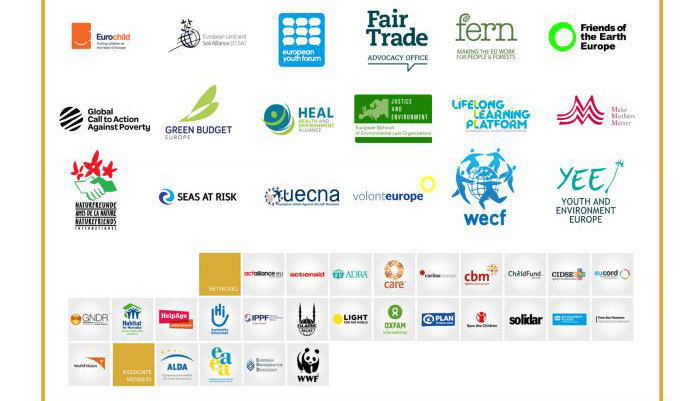In October 2018, the World Health Organisation (WHO) published the environmental noise guidelines. These WHO guidelines are of an advisory nature and are intended to reduce the harmful health effects of noise, including interrupted sleep and disturbance. New elements in these guidelines are the new findings that the more serious health effects of noise, such as coronary heart diseases, already occur at lower noise levels than was previously assumed to be the case.
According to RIVM, the policy of the Netherlands could be improved by updating it in line with the new insights from the WHO. This means making more intensive efforts, from a policy viewpoint, to reduce the health effects of noise. Policymakers and other (local) professionals could then ensure that health plays a more important role in decisions with regard to noise near people’s homes.
Possibilities for doing so include lowering the legally permissible maximum noise levels, in order to reduce the additional risk of coronary heart diseases. Moreover, persons subjected to severe annoyance or sleep disturbance could be taken into account more efficiently by ensuring that a larger area around sources of noise is covered by relevant policy. In doing so, the newest insights into the relationship between health and noise levels would be applied. In addition, targeted measures can ensure that people are less bothered by noise.
RIVM reports this in response to a parliamentary motion and the 2018 WHO guidelines for noise in the living environment. As requested in the motion, RIVM first provides background information on the WHO guidelines and the policy of the Netherlands. A study was then carried out to determine which possibilities exist to improve the policy.
The goal of policy in the Netherlands with regard to noise is to prevent harmful health effects through prevention and remediation. Nevertheless, it is estimated that a large number of people report severe annoyance due to noise from road traffic (over 970,000 persons, including approximately 800,000 due to traffic in cities), trains (almost 100,000 persons), air traffic (approximately 260,000), and wind turbines (over 7000 persons).
Link to the Abstract of the RIVM report and the complete report in Dutch
Comment
The recently released aviation bill is again traditionally focused on growth of air traffic, for Schiphol Airport from 500,000 flights now to 780,000 in 2050. That is no longer possible if you take the RIVM report seriously. And in light of the public interest, the recovery of Schiphol and KLM after the corona crisis need not go beyond ultimately a maximum of 400,000 necessary flights per year. The current overcapacity of 100,000 unnecessary flights is driven by those transfer passengers and is hardly used by the Dutch business traveller and the Dutch tourist.
The first improvement needed is to eliminate all flights between 11pm and 7am.






